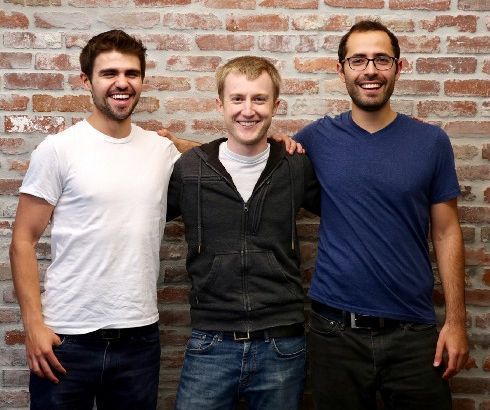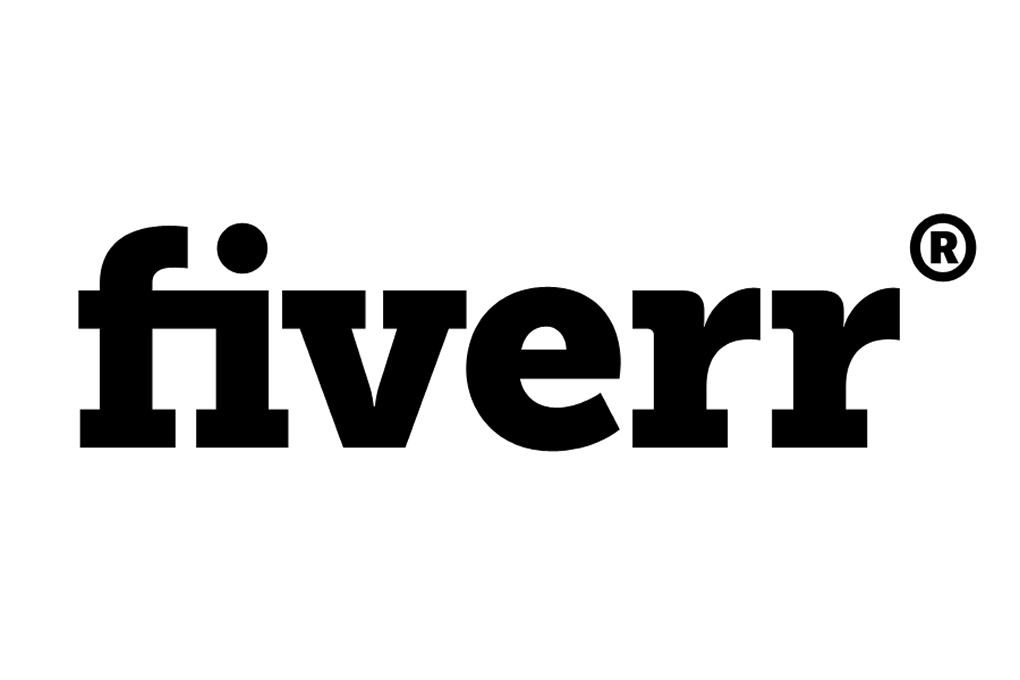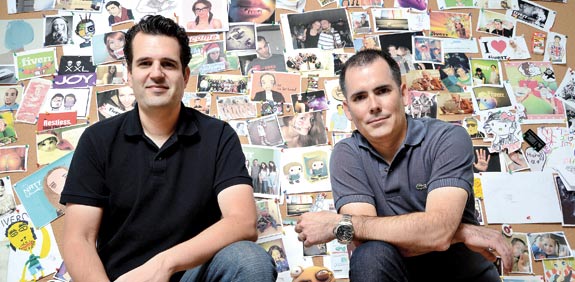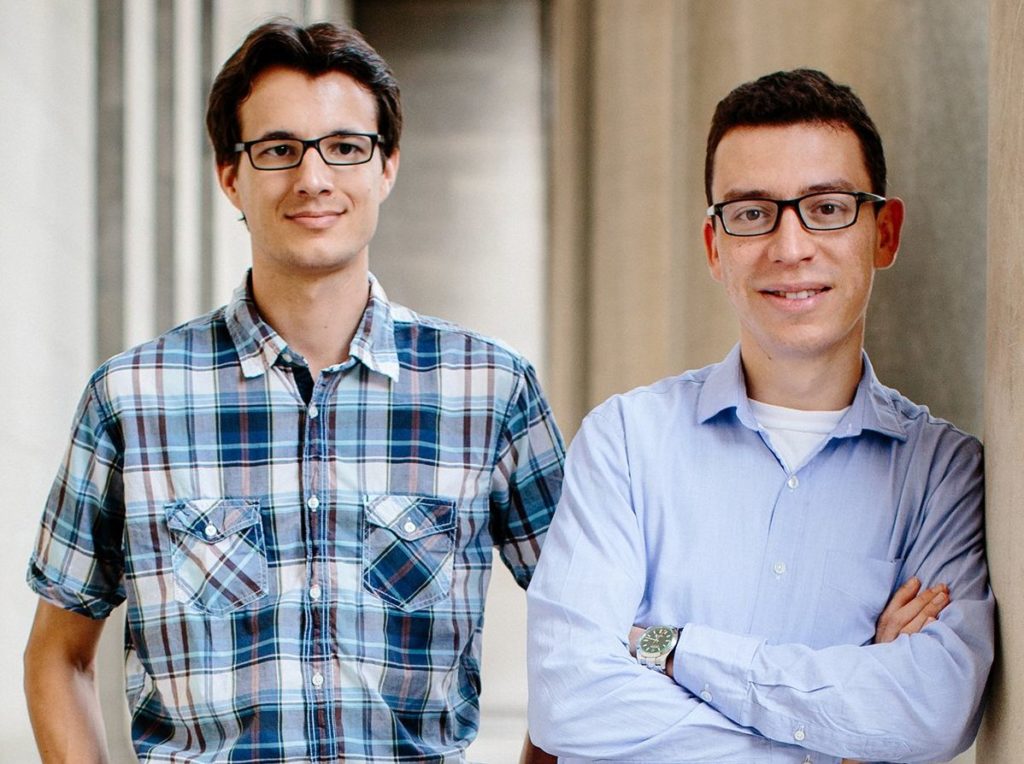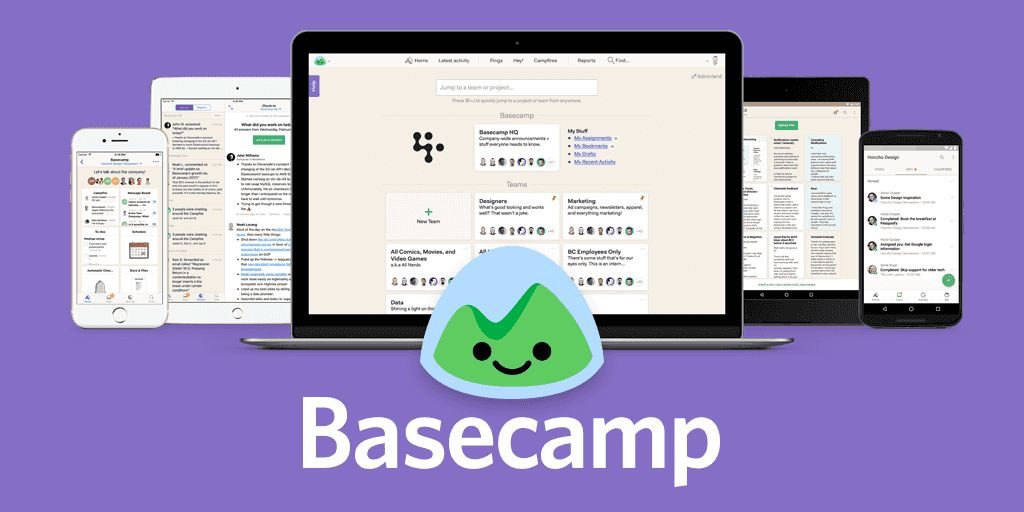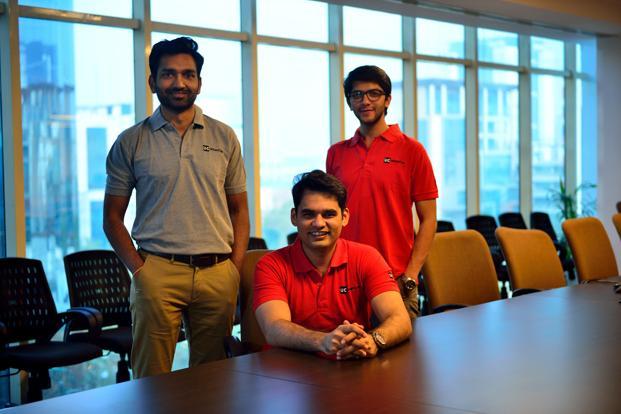Mixer : The Story of Two Teenagers, and their Online Game Streaming Startup
Age is just a number. It has been proved a lot of times before, and the duo who co-founded Mixer is the most appropriate example of that. Matthew a.k.a. Matt Salsamendi and James Boehm became entrepreneurs at the age of 13 and 15, respectively. Built out of curiosity, the two ended up founding Mixer as Beam in 2016, and again as a teenager, i.e. at the age of 17 and 19. Mixer is a video game live streaming platform that enables people to watch their favourite gamers play and get in whenever the gamers need help to defeat their enemies. Today, Mixer is the part of Microsoft, and Matt and James are the lead member of the Xbox team.
Early Life & Career
Matt is a native of Ft. Lauderdale, Florida, where he lived with his family. Being a curious kid, he always played with computers, broke them and assembled them. In fact, he had build a few computers that resided in his room. When he was thirteen, he thought of converting those computers into the server and started providing hosting to gamers on Minecraft.
James lived in Atlanta, Georgia, and got to meet Matt online at Minecraft through an advertisement he had posted for his hosting service on the platform. James was 15 at that time. The ad made him interested in a new startup, and he contacted Matt. Soon, the two were good friends and talked about a server hosting business. James was ready to help him with marketing and other business stuff, whereas Matt had to do all the hosting related tasks.
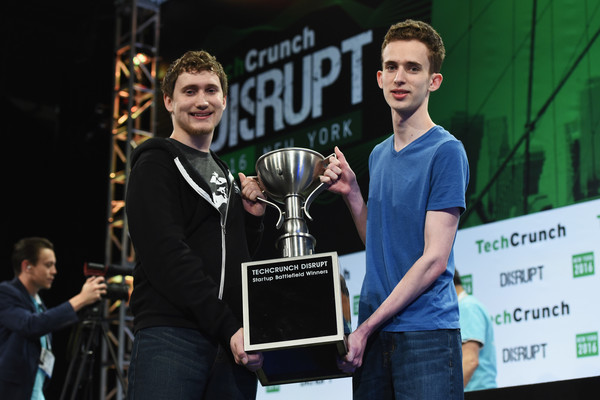
Soon, the business started growing, and they had to move out of Matt’s house to a new place, a datacenter. As they had already moved out to a new office, they became the owner of an unnamed company, which they then named as MCProHosting. The demand was increasing, so was the business. Within the span of three years, the company valued at $5 million. The company also became the world’s largest game server provider, hosting over 600,000 game servers.
In 2014, Matt was in his freshman year at school, and at the same time, was handling a multi-million company. The burden was increasing rapidly, and he was becoming incapable of keeping the balance between his studies and the business. Finally, after discussing with his parents, he decided to drop out of school.
Founding Mixer
Matt and James have been a video lover, ever since they got to know about it. At the time, the online live game streaming field was getting hot. YouTube and Amazon’s Twitch were providing live streaming to the gamers, but there were a few flaws in both platforms.
YouTube did not offer live chat, and on Twitch, the latency rate for the chat was quite high. Even though people could watch their favourite gamers play, despite a chat system, they could not suggest new moves to them in real-time. This clicked an idea for Matt and James, and they decided to shift their business from the server hosting to live game streaming service, with better features.
The two got their hands on building a website that would allow gamers to live stream, chat with their viewers in real-time with lowest latency rate, take their help, and discover other streamers. They started with the alpha version of the platform and focused on connecting the gamers with other game communities.
They had started working on the website in 2014 and launched it as Beam on January 5, 2016. Soon, there were over 1,00,000 users on the platform. The co-founders took Beam to the TechCrunch Disrupt conference in May 2016, to participate in the Startup Battlefield competition. Eventually, they won the competition and earned $50,000 in equity-free funding for their startup.
The Big Breakthrough
The winning of the competition could be a kickstart for the company, but only after two months of winning, Microsoft acquired Beam for an undisclosed amount in august 2016. Matt announced the news through a blog post, thanking all the community members that had supported Beam. Matt and James remained the lead of the Beam team and moved to Redmond to work with Microsoft.
The company integrated the platform with Xbox, and then later, with Windows 10. In the next year, the company integrated it into Xbox One along with the 2017 software update. In May, the same year, Beam was rebranded as Mixer. The new software update came with new features as well as a new mobile app.
Matt and James are consistently working on Mixer, and as of now, there are not as many users as its rivals like Twitch have. It does not bother the two co-founders as they believe in steady growth. They know that their platform is providing better services to the users, so eventually, those users would end up with Mixer. In fact, Ninja, a famous video game streamer, announced on 1st August 2019 that he would move from Twitch to Mixer on the 2nd August. Within four days of the announcement, Ninja got a million subscribers on Mixer.

Yashica is a Software Engineer turned Content Writer, who loves to write on social causes and expertise in writing technical stuff. She loves to watch movies and explore new places. She believes that you need to live once before you die. So experimenting with her life and career choices, she is trying to live her life to the fullest.


